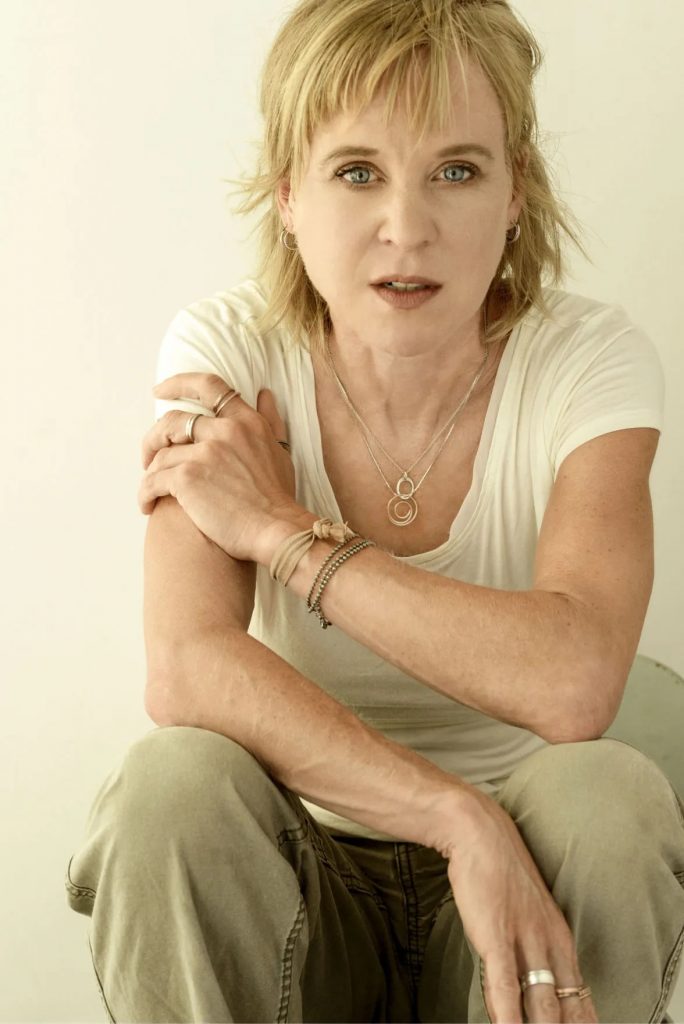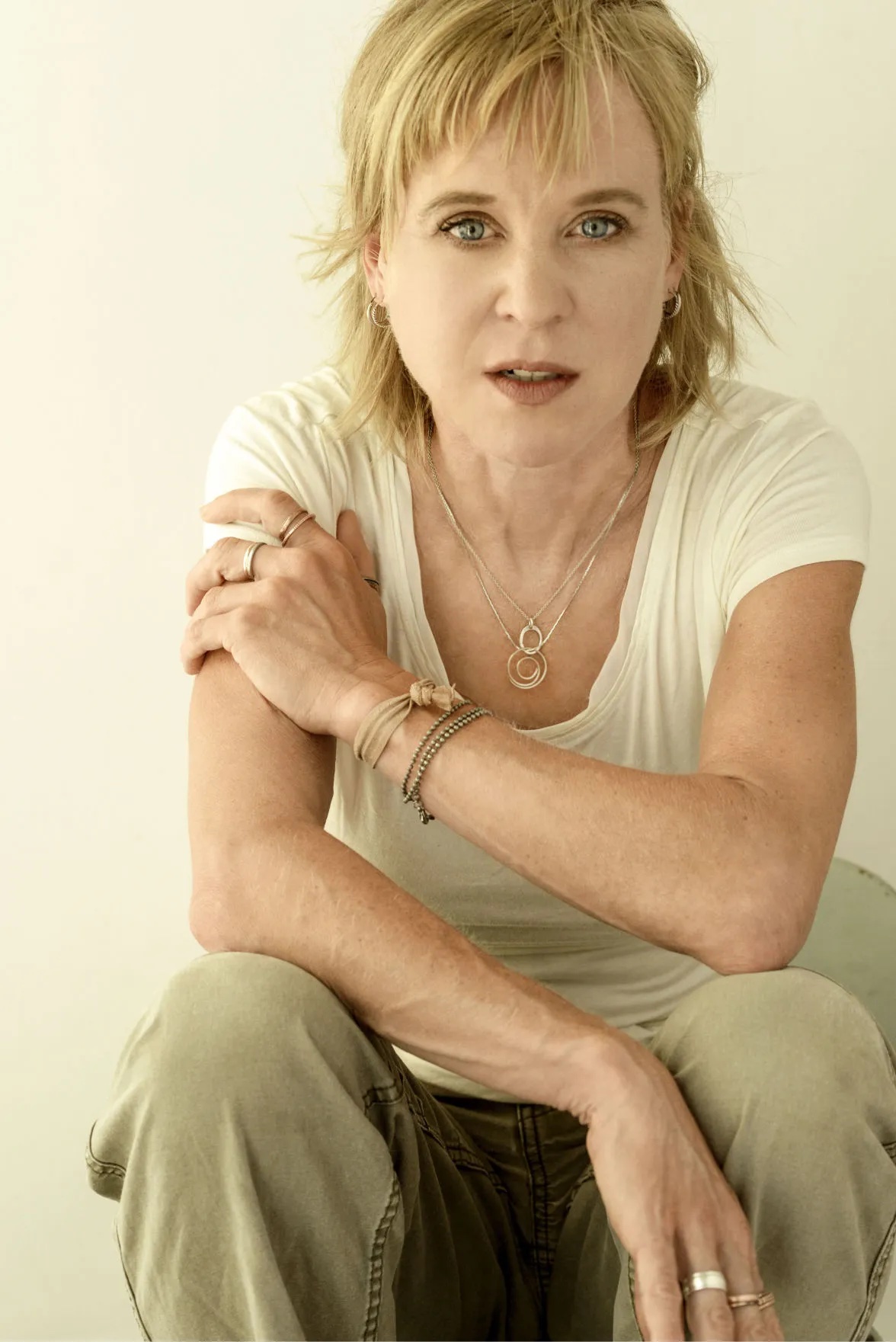
Five years in the making, Kristin Hersh releases a double album that stands alongside her best
“People think that I make a bunch of shit up, but I only write non-fiction. The books, the songs. My drummer in 50FOOTWAVE, Rob, asked me one time, ‘Do people know that your songs are all literally true? ’Cuz if they did, they might lose a lot of respect for you.’”
With a wheezy laugh, Kristin Hersh—yes, that Kristin Hersh, she of Throwing Muses, her rowdier 50FOOTWAVE project, the immortal solo collaboration with R.E.M.’s Michael Stipe (“Your Ghost”) and published author of Rat Girl and Don’t Suck, Don’t Die (two of the finest memoirs about the indie-rock era)—alerts me to a seemingly funny aspect of her art that’s actually dead serious.
Hersh is a diarist capable of evoking towering emotional vistas and yet seemingly incapable of telling a lie, or even a tale. She’s a storyteller in the Truman Capote or Susan Orlean mode—a realist more in touch with the ebbing and flowing of human foibles and frailty than a novelist or fantasist. This makes Hersh’s work both harrowing and healing in equal measure—a razor’s edge ride through the realities she’s survived but with a comfort-food aspect to its truths. She’s lived through this; you can, too.
On Hersh’s ninth solo record in what can only be described as an incredibly prolific career—Wyatt At The Coyote Palace (Omnibus Press), a double-album of dizzying depth, breadth, beauty and darkness—this truth-teller’s aspect of her work is thrust forcefully into the spotlight. Its songs can easily be taken as a conceptual allegory—a twisting tale of isolation and damage, love and loss, the joy of discovery and the erosion of the thin tethers of humanity that keep us connected to one another and those we love—but it’s also a very real portrait of her son Wyatt and his passing fascination with an abandoned building and the coyotes who took up residence there. Wyatt is on the autism spectrum—a difficult subject that Hersh is nonetheless remarkably open in discussing—and his obsessions and attachment to what Hersh says he calls the “beautiful, elegant math” of both music and life are the elements that make the story heartbreaking and inspiring.
“He’s like a story that’s unfolding,” says Hersh. “He tends to look at life through a lens rather than living it. He says he keeps finding the math. I trust the story that he is, and so when I discovered the ‘coyote palace,’ I thought it was just because he was bored. When I bring all four of my kids into the studio, they just want to die, you know? It’s me playing the same guitar part over and over again, and usually they just go to sleep. So I think he discovered the coyote palace out of sheer boredom, and then I noticed the flashing in his eyes, that he was on fire with it. All I did was follow him around the palace, the coyotes who lived in it. And showed it to him. Of course, being the good mother I am, the ceiling fell in at some point, and the trauma of that event triggered the end of his love affair with the coyote palace. At least we weren’t in it at the time.”
The album and corresponding book document her son’s temporary life-focus on the abandoned building and its canine inhabitants in a way that’s both uniquely Hersh-ian and yet all-time beautiful. The packaging binds the two inextricably to one another—a detail Hersh finds amusing, because while CDs tend not to be that valuable to anyone anymore, “A book is still considered a nice gift, so I like the idea of all of it together as, ‘Hey, here’s a present.’”
The record’s mostly acoustic guitars veer back and forth between Nick Drake intricacy and punk-rock jaggedness, its 24 songs caught between descriptions of tough love and gritty city streetscapes and the occasional bright glimpses of tomorrow that poke through the darkness, with the book’s zigzagging narrative nicely accounting for the spaces in between.
It’s been a long, hard road that Hersh has travelled to get to this place, but she seems to have found peace with it all, just the same.
“I have a huge heart, and my heart is just so broken right now,” she says. “I’m never really going to live on this earth, but I can live in my music. I can make it all right. There’s no sad in me with music. There’s nothing but—it’s an overused word, but it’s true—beautiful. ‘Water in the desert’ beautiful. Necessary.”
—Corey duBrowa







